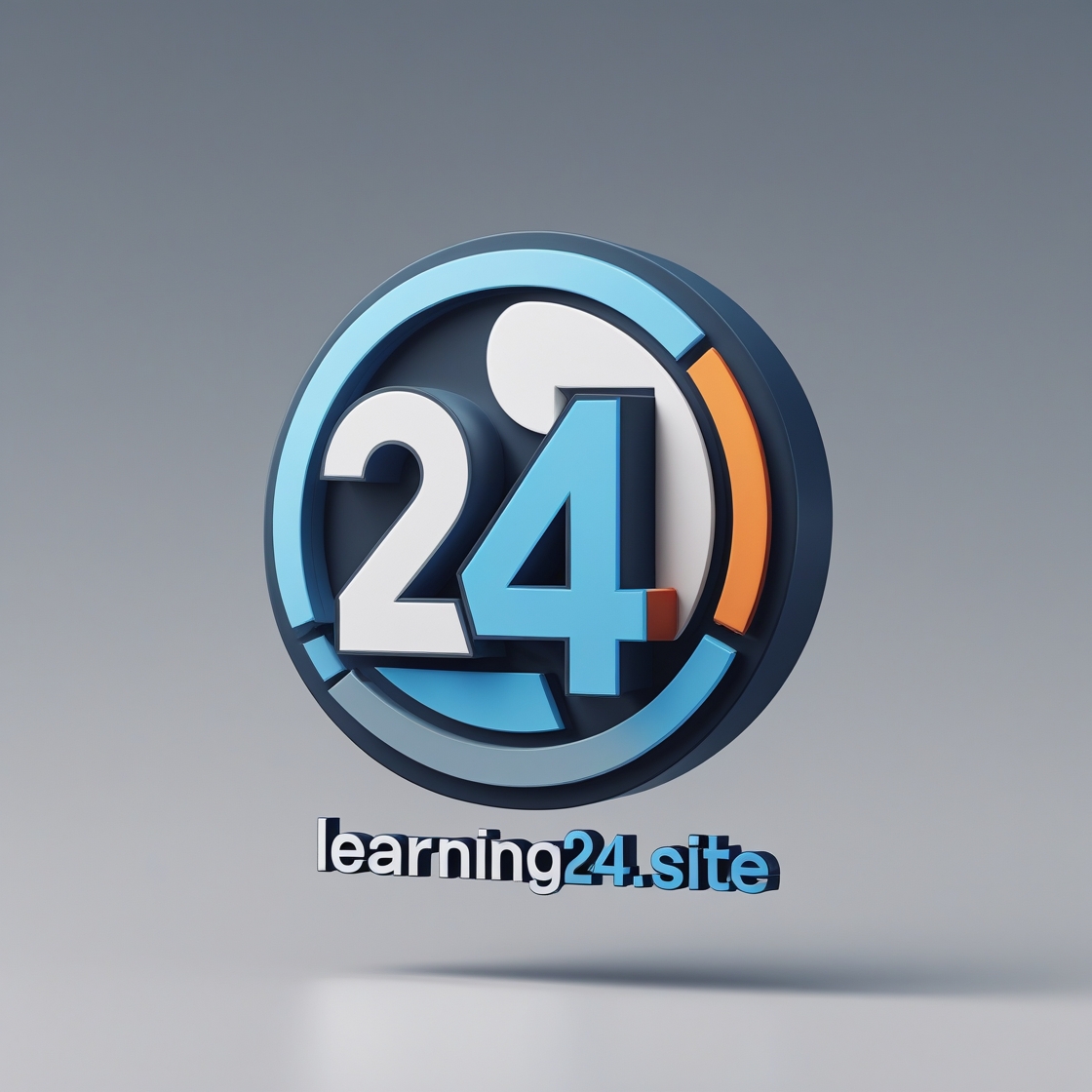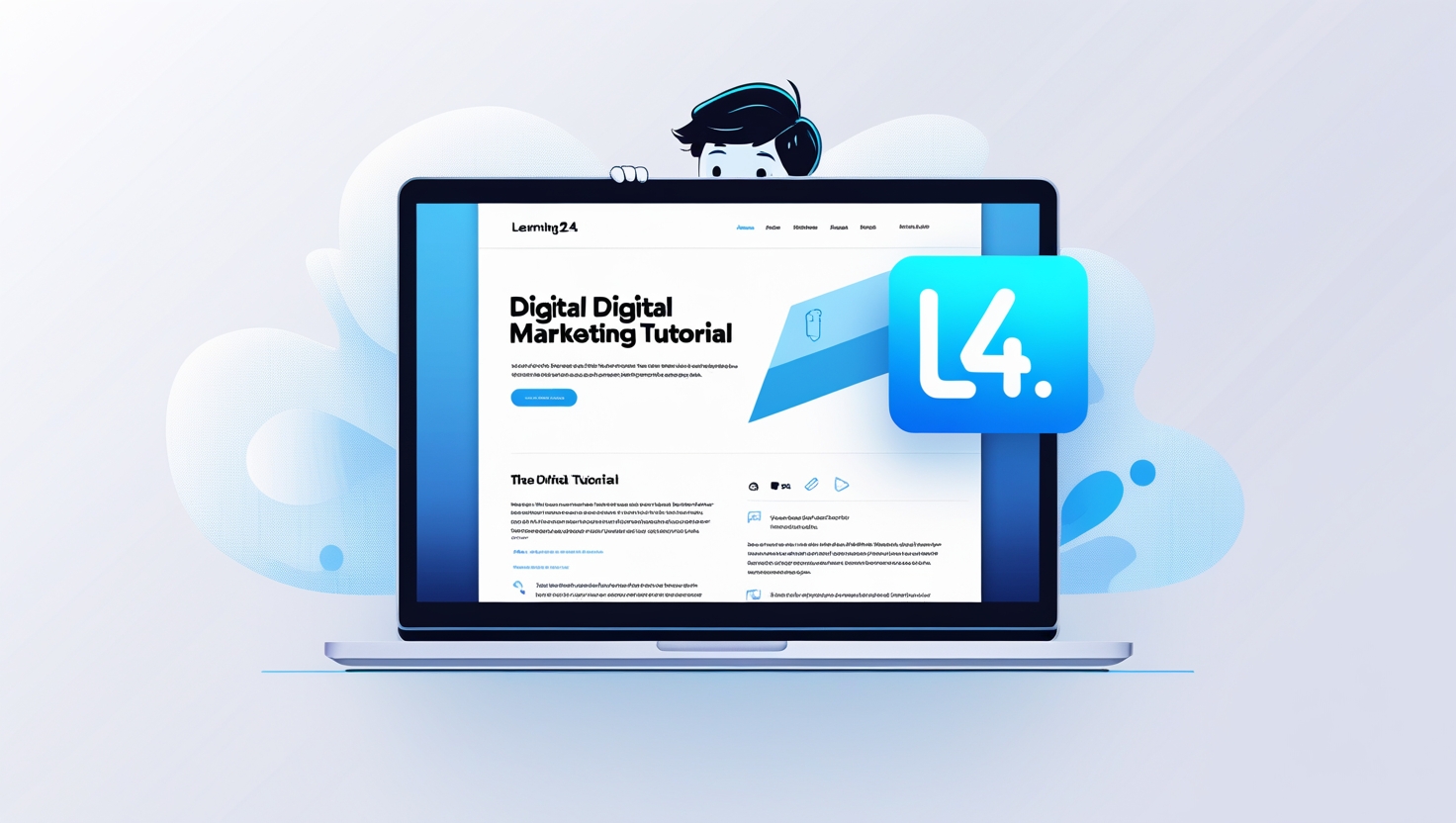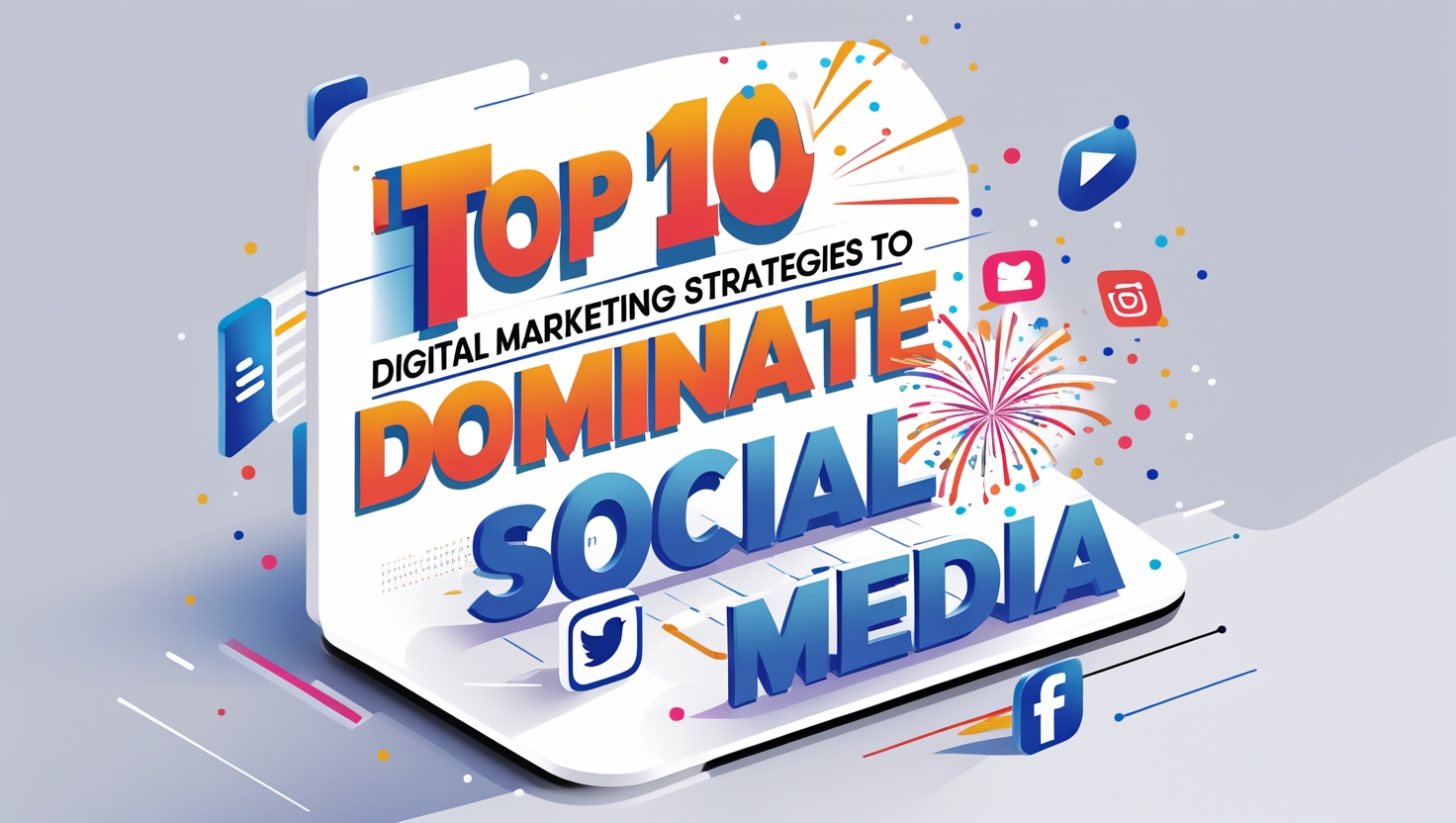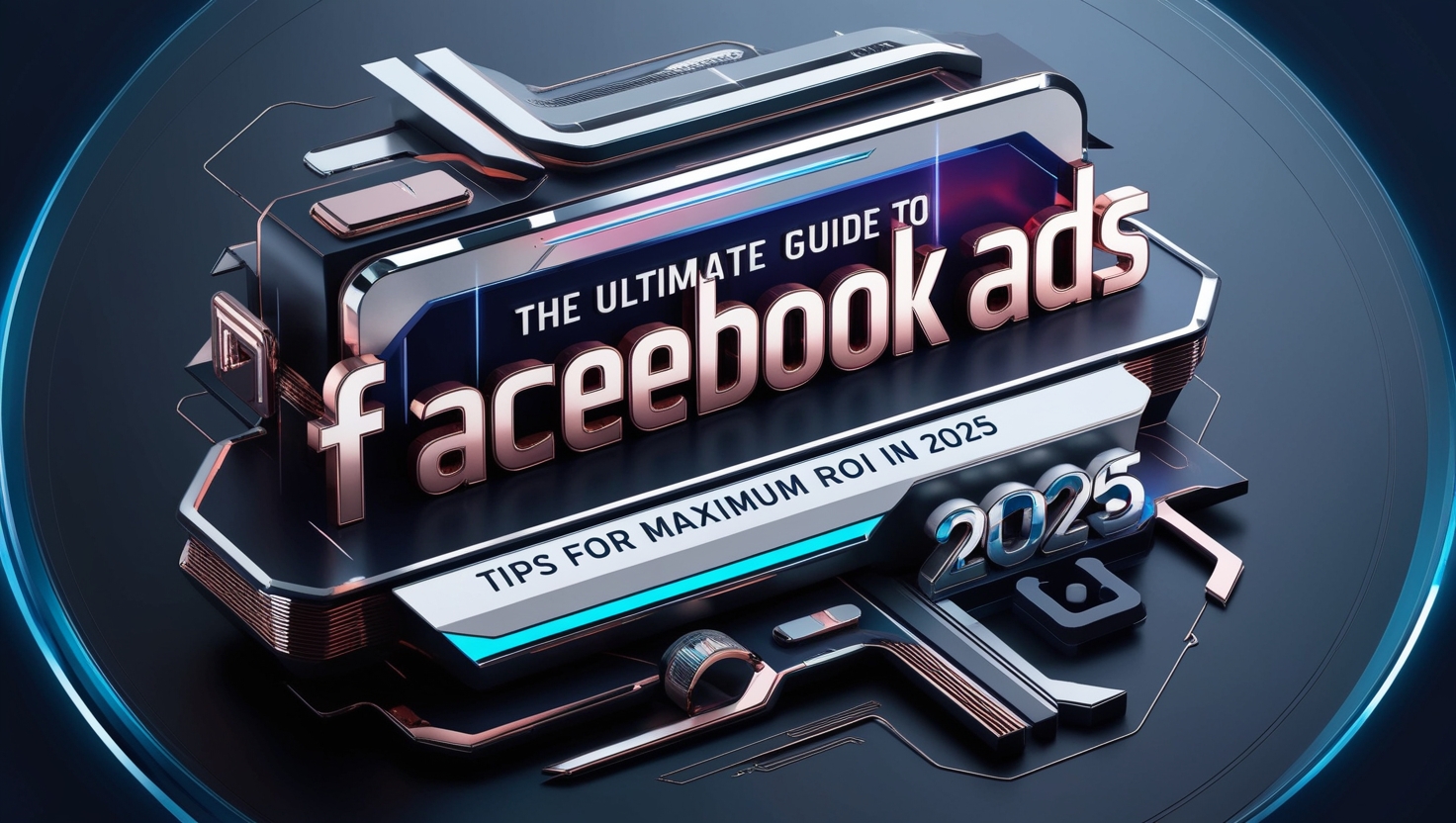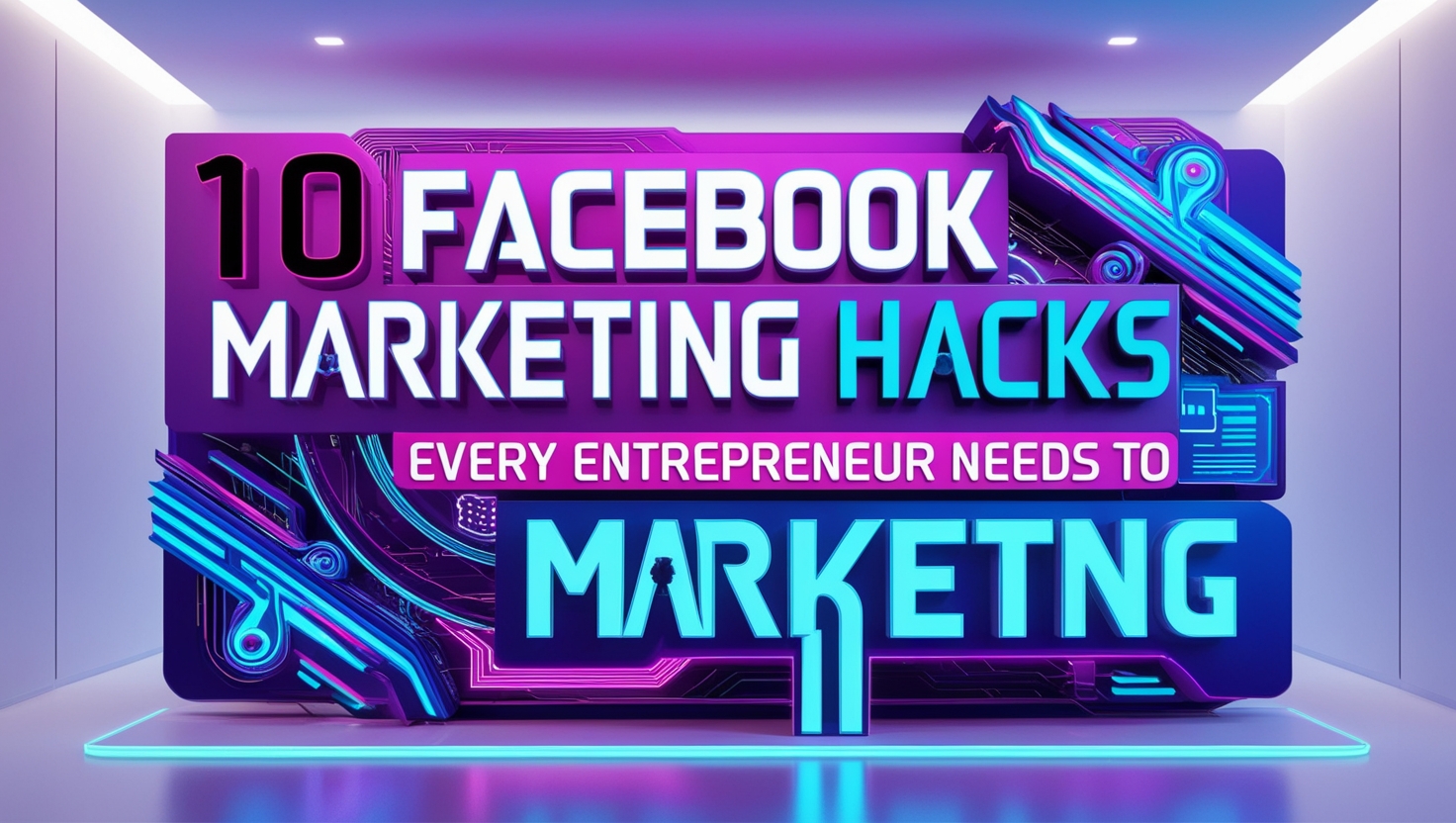
Content Writing Tutorial for Beginners
Content writing is the art and science of crafting engaging, informative, and valuable content for online or offline platforms. It encompasses various formats such as blog posts, articles, website copy, social media updates, product descriptions, and more. The primary goal of content writing is to communicate effectively with a target audience, drive engagement, and fulfill specific objectives like increasing brand awareness, driving traffic, or converting leads.
Why Content Writing Matters
Builds Trust and Credibility: High-quality content establishes you as an authority in your field.
Boosts SEO: Search engines prioritize well-written and optimized content.
Engages the Audience: Relevant and valuable content keeps readers coming back.
Supports Business Goals: Drives leads, sales, and brand loyalty.
Getting Started with Content Writing
1. Understand Your Audience
Before writing, know who you are writing for. Create an audience persona to identify:
Demographics: Age, gender, location, education level.
Interests: Hobbies, preferences, and values.
Pain Points: Challenges or problems they face.
Goals: What they hope to achieve or learn.
2. Research Thoroughly
Good content starts with good research. Use reliable sources like:
Books, journals, and academic articles.
Authoritative websites and blogs.
Surveys, statistics, and case studies.
3. Choose a Content Format
Select the format that best suits your audience and objectives:
Blog Posts: Informative and conversational.
Articles: More formal and detailed.
Social Media Posts: Short, catchy, and visually appealing.
Email Newsletters: Personalized and engaging.
E-books or Whitepapers: In-depth and comprehensive.
4. Plan Your Content
Use a content calendar to:
Outline topics and deadlines.
Ensure consistency.
Track performance metrics.
Writing Techniques for Beginners
1. Craft a Compelling Headline
Your headline is the first thing readers see. Make it:
Clear: Communicate the main idea.
Engaging: Spark curiosity or emotion.
SEO-Friendly: Include relevant keywords.
2. Write an Attention-Grabbing Introduction
The introduction should hook the reader and set expectations. Techniques include:
Starting with a question or statistic.
Sharing a relatable anecdote.
Highlighting a problem your content will solve.
3. Focus on Readability
Use Short Paragraphs: Break up large blocks of text.
Incorporate Subheadings: Guide readers through the content.
Use Bullet Points or Lists: Make information easy to scan.
4. Keep Your Tone and Voice Consistent
Your tone should align with your brand and audience:
Professional: For business or technical content.
Casual: For lifestyle or personal blogs.
Persuasive: For marketing and sales copy.
5. Add a Call-to-Action (CTA)
Encourage readers to take the next step, such as:
Subscribing to a newsletter.
Sharing the content.
Making a purchase.
Optimizing Content for SEO
1. Keyword Research
Use tools like Google Keyword Planner or SEMrush to find relevant keywords.
Focus on long-tail keywords to target specific queries.
2. On-Page SEO Best Practices
Title Tags: Include keywords naturally.
Meta Descriptions: Write concise summaries with keywords.
Headers: Use H1, H2, and H3 tags effectively.
Alt Text for Images: Describe images with keywords.
3. Content Length and Quality
Aim for a minimum of 800-1,000 words for blog posts.
Ensure content is original, valuable, and error-free.
4. Internal and External Links
Link to relevant pages on your website.
Cite authoritative external sources.
Common Mistakes to Avoid
1. Plagiarism
Always create unique content. Use plagiarism checkers like Grammarly or Copyscape.
2. Overloading Keywords
Avoid keyword stuffing. Prioritize natural language.
3. Ignoring Proofreading
Edit thoroughly to eliminate errors. Use tools like Hemingway Editor or Grammarly.
4. Skipping the Audience Analysis
Content that doesn’t resonate with your audience won’t perform well.
Tools for Content Writers
Writing Tools
Grammarly: Grammar and spell-checking.
Hemingway Editor: Improve readability.
Google Docs: Collaborative writing.
SEO Tools
Yoast SEO: Optimize WordPress content.
Ahrefs: Comprehensive SEO analysis.
Ubersuggest: Keyword suggestions.
Design Tools
Canva: Create visuals.
Piktochart: Design infographics.
Unsplash: Free high-quality images.
Practice Makes Perfect
The key to becoming a skilled content writer is consistent practice. Start by:
Writing daily, even if it’s just short paragraphs.
Seeking feedback from peers or mentors.
Reading widely to improve your vocabulary and style.
Conclusion
Content writing is an essential skill in today’s digital landscape. By understanding your audience, honing your writing techniques, and optimizing for SEO, you can create content that not only engages but also drives meaningful results. With time, effort, and practice, you can master the art of content writing and achieve your goals.
